Mukteshvara temple dates back to 950?975 CE and is a monument of importance in the study of the development of Hindu temples in Odisha. The stylistic development the Mukteswar marks the culmination of all earlier developments and initiates a period of an experiment which continues for an entire century, as seen in such temples as the Rajarani Temple and Lingaraj temple, both located in Bhubaneswar. It is one of the prominent tourist attractions of the city.
Shrine’s History
The Mukteshvara Temple is found to be the earliest work from the Somavamshi period. Most scholars believe the temple is the successor to Parashurameshvara Temple and built earlier to the Brahmeswara Temple . Percy Brown puts the date of construction of the temple to 950 CE. The presence of a torana, which is not part of any other temple in the region, makes this temple unique and some of the representations indicate the builders were starters of a new culture. K.C. Panigrahi places the temple to be built during 966 CE and postulates that the Somavamshi king Yayati I built the temple.
He also associates the legend of Kirtivassa to this temple, but the postulation is not accepted as Kirtivasa is associated with Lingaraja, though both were built at the same time for the same deity, Shiva. There is no historic evidence to conclude that Yayati had built the temple.

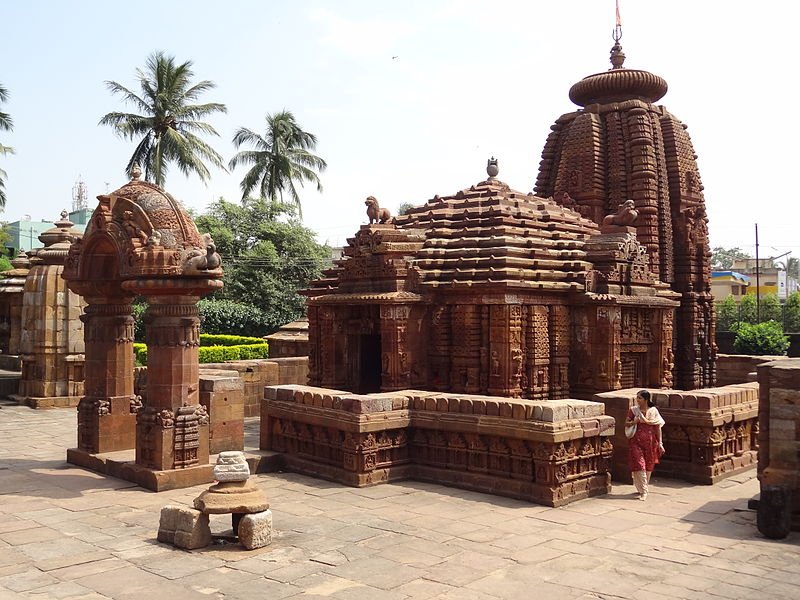
Architectural Relevance of This Shrine
This architecture is one of the basic reasons why Mukteshvara Temple is also known as the “Gem of Odisha architecture”. The temple faces west and is constructed in a lower basement amidst a group of temples. The pyramidal roof to the jagamohana present in the temple was the first of its kind over the conventional two-tier structure.
The temple is a small one compared to other larger temples in Bhubaneswar. The temples are enclosed within an octagonal compound wall with elaborate carvings on it. It is believed that the experiment of newer pattern in the temple showed a mature phase compared to its predecessors and culminated the beginning of replication of similar pattern in the later temples in the city. The temple has a porch, called torana, which acts as the gateway to the octagonal compound. The temple has two structures namely, the vimana (structure above the sanctum) and a mukhasala, the leading hall, both of which are built on a raised platform. The temple is the earliest to be built in pithadeula type.
Porch
The most important feature of the Mukteshvara Temple is the torana, or the arched gateway, dating back to about 900 CE and showing the influence of Buddhist architecture. The arched gateway has thick pillars that have strings of beads and other ornaments carved on statues of smiling women in languorous repose. The porch is a walled chamber with a low, massive roof and internal pillars. The combination of vertical and horizontal lines is skilfully arranged so as to give the dignity of buildings of moderate height. This early astylar form of the temple is best illustrated in this temple. The gateway has sculptures that range from elaborate scrolls to pleasant female forms and figures of monkeys and peacocks. The front and back of the arch are similar in design.
Vimana
The Vimana is square in plan and is built on a raised platform with pilasters in each facade. The shikara is small compared to other temples; it has four Natarajas on and four kirthimukhas on the four faces. The top portion of the shikhara has the kalasa. The shikara is 10.5 metres (34 ft) tall, with every inch sculpted with decorative patterns, architectural patterns and sculpted figures. A new form of decoration called bho, possibly developed here, became a prominent feature in later Odishan temples. It is a highly ornate chaitya window crowned by masked demon head and dwarf figures.
Sanctum
The sanctum is sculpted with beautiful damsels exhibiting feminine charms entwined with nagas and naginis. The sanctum is cubical from the inside with offset walls on the outside.
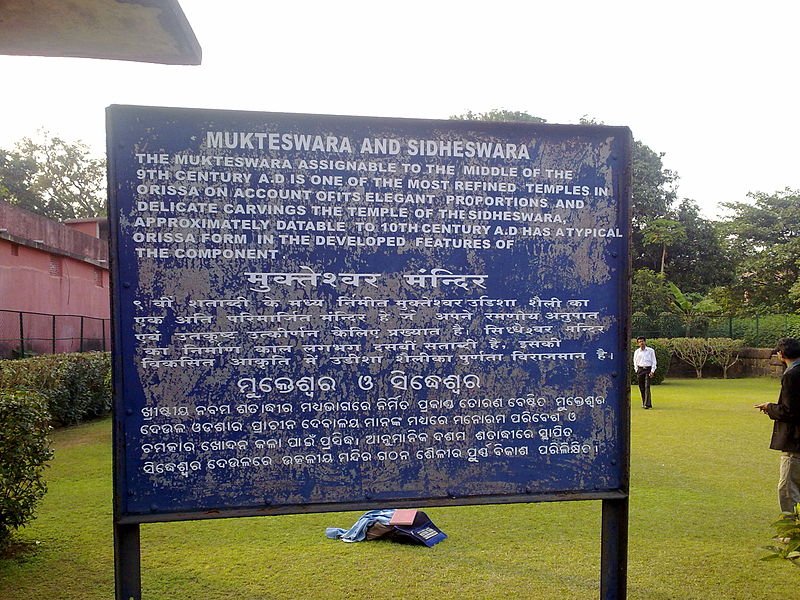
Shrine’s Map Location and How to Go There
By Road
Odisha State Road Transport Corporation (OSRTC) is frequently available to reach Mukteswar Temple, Bhubaneswar from anywhere in Orissa.
By Rail
The closest junction is Bhubaneswar railway station to Mukteswar Temple, which is about 6 km away from the city center.
By Air
Biju Patnaik Airport also called Bhubaneswar airport, is the closest airport to Mukteswar Temple and about 5 km away from the heart of the city
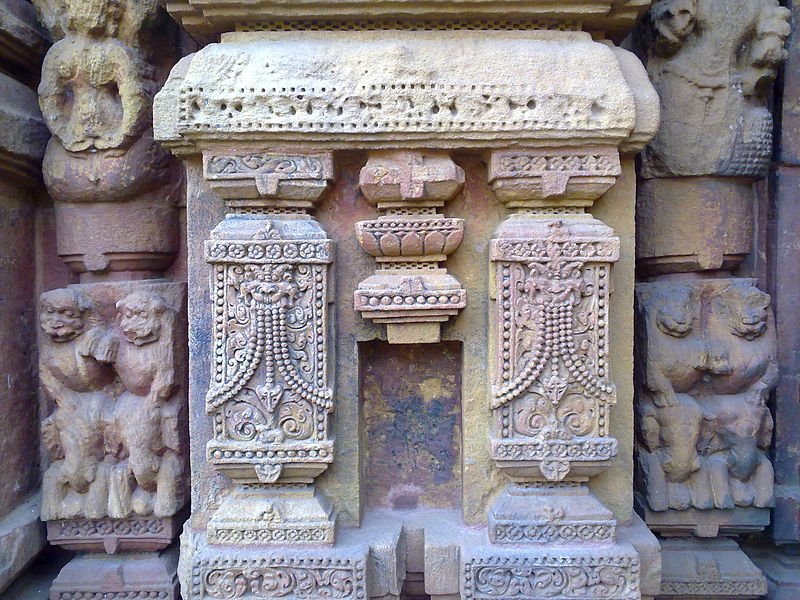
Shrine Timings
5:00 am – 9:00 pm
Events Celebrated at This Shrine
Shivratri
Extra Information About this Shrine
Time to visit The Mukteshwar Utsav at Orissa is usually a dance festival, in which many talented Odissi dancers perform with elegant costumes. This festival is been said should not be missed by the people who take interest in the traditional dance forms of India. Best time to visit this place is from October to April. This festival is actually the final part of the Ekamra Utsav. The Ekamra Utsav is very popular among the people of the state who believe in the religion of Hinduism. The Mukteshwar Utsav of Orissa generally spans for four days at a stretch.

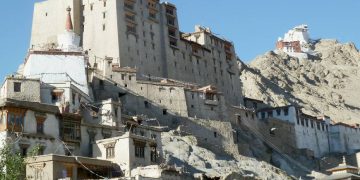

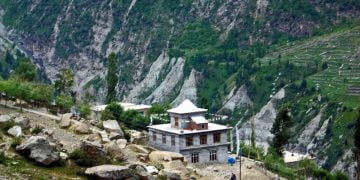
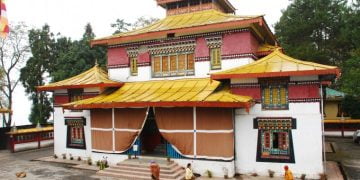

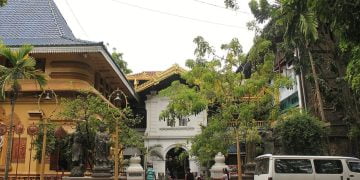

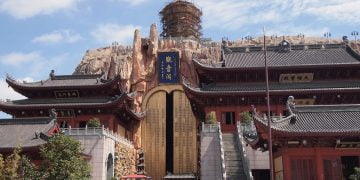
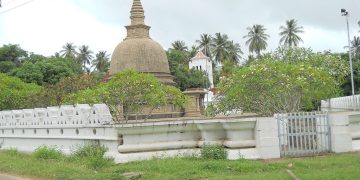
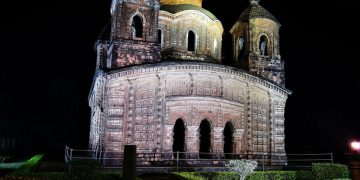
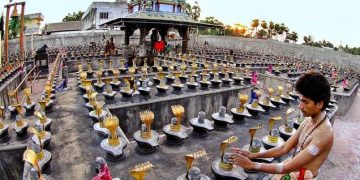

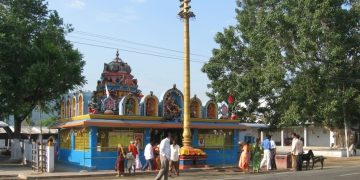
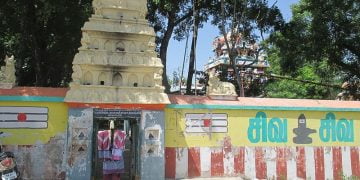
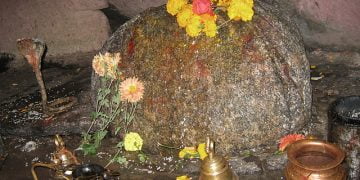
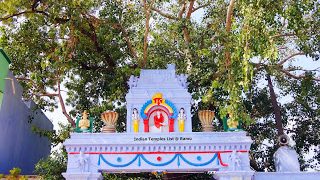
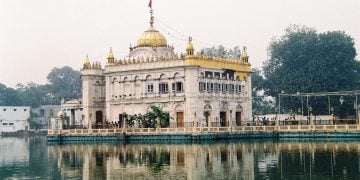
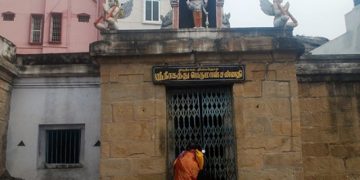
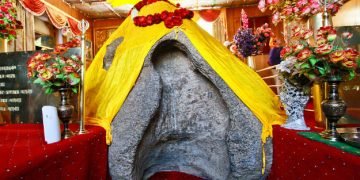
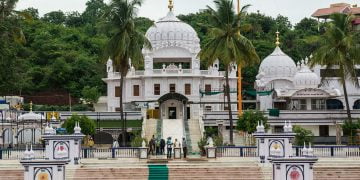

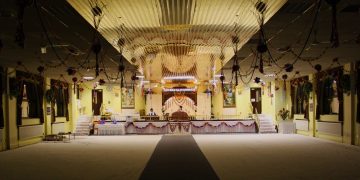
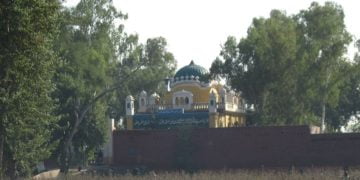
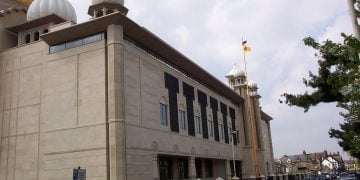



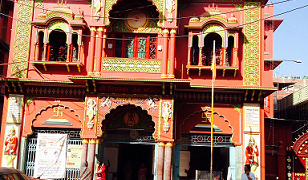
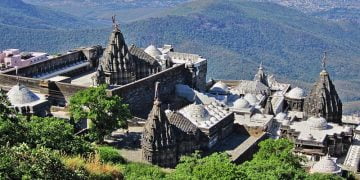
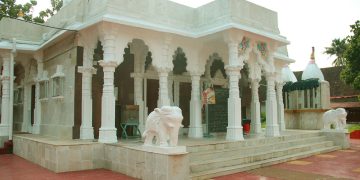
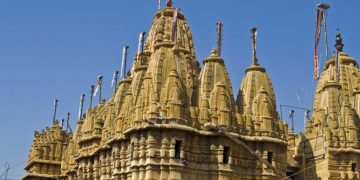
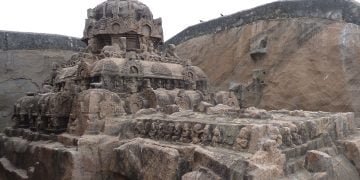
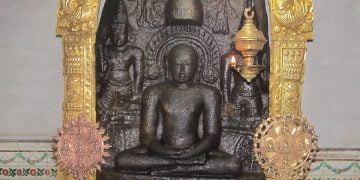
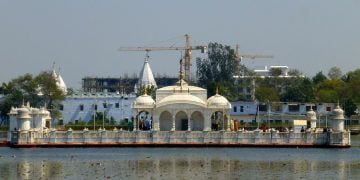

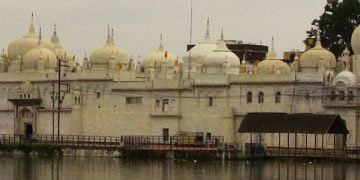



Discussion about this post